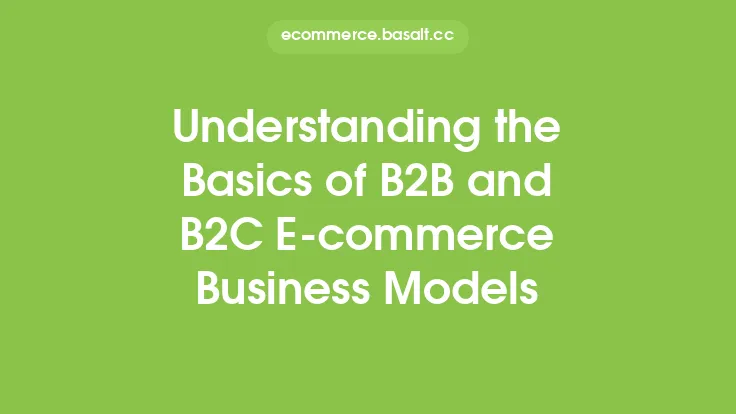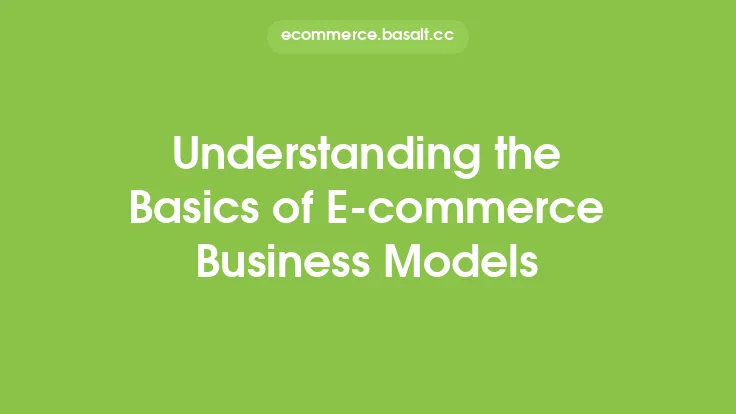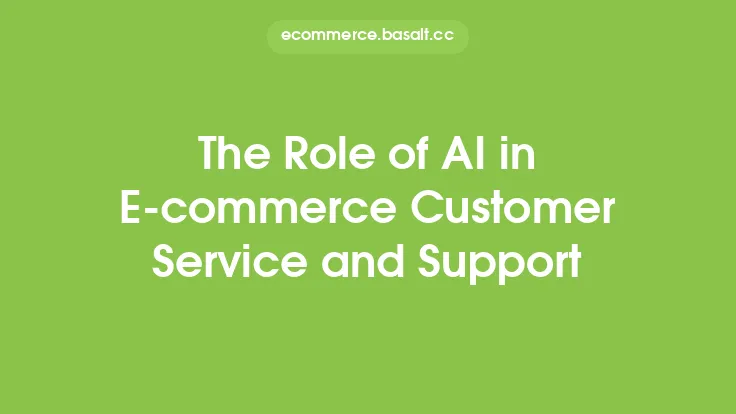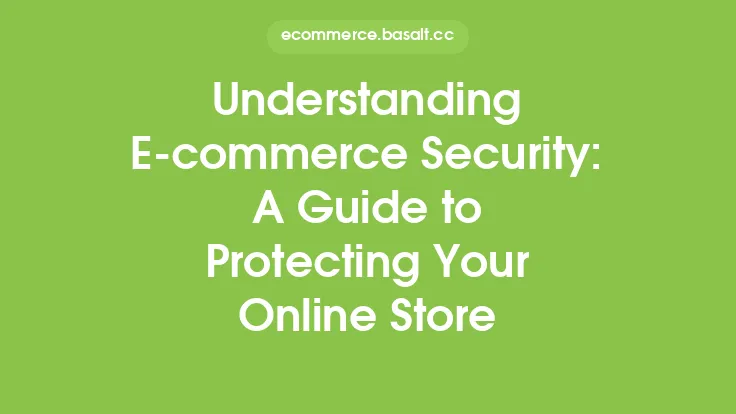In the realm of e-commerce, managing product information efficiently is crucial for businesses to stay competitive. Various technologies have emerged to help companies organize, standardize, and distribute product data across different channels. Among these technologies, Product Information Management (PIM) stands out as a specialized solution designed to handle the complexities of product data management. However, the distinction between PIM and other e-commerce technologies is not always clear, leading to confusion among businesses looking to invest in digital solutions. Understanding the differences between PIM and other e-commerce technologies is essential for making informed decisions about which solutions best meet a company's specific needs.
Introduction to E-commerce Technologies
E-commerce technologies encompass a broad range of solutions designed to support online businesses, from managing product information and customer relationships to facilitating transactions and analyzing market trends. These technologies include Enterprise Resource Planning (ERP) systems, Customer Relationship Management (CRM) software, Content Management Systems (CMS), Digital Asset Management (DAM) systems, and Product Information Management (PIM) solutions. Each of these technologies serves a distinct purpose and offers unique benefits to e-commerce businesses. For instance, ERP systems focus on managing core business operations such as finance, human resources, and supply chain management, while CRM software is designed to manage customer interactions and relationships.
Understanding PIM
PIM is a specific type of e-commerce technology that focuses exclusively on managing product information. It provides a centralized platform for collecting, managing, and enriching product data, ensuring that product information is accurate, consistent, and up-to-date across all sales channels. PIM solutions are designed to handle the complexities of product data, including product descriptions, specifications, images, videos, and other digital assets. By using a PIM system, businesses can streamline their product content creation processes, improve data quality, and enhance customer experience through better product information.
Comparison with Other E-commerce Technologies
When comparing PIM with other e-commerce technologies, several key differences emerge. Unlike ERP systems, which manage a wide range of business operations, PIM is specialized in product information management. While ERP can handle some aspects of product data, it is not designed to manage the depth and complexity of product information that a PIM system can. CRM software, on the other hand, focuses on customer interactions and does not provide the robust product data management capabilities that PIM offers. Content Management Systems (CMS) are primarily used for managing website content and may not have the advanced product data management features of a PIM solution. Digital Asset Management (DAM) systems are specialized in managing digital assets such as images and videos but do not provide the comprehensive product information management capabilities of PIM.
Key Differentiators of PIM
Several key differentiators set PIM apart from other e-commerce technologies. First, PIM solutions are designed to handle the unique challenges of product data management, including data standardization, normalization, and syndication. Second, PIM provides advanced features for product data enrichment, such as automated data validation and data completion. Third, PIM systems are typically integrated with other e-commerce technologies, such as ERP, CRM, and CMS, to provide a seamless flow of product information across different systems. Finally, PIM solutions often include analytics and reporting tools to help businesses monitor product performance and make data-driven decisions.
The Role of PIM in E-commerce Ecosystems
In e-commerce ecosystems, PIM plays a critical role in ensuring that product information is accurate, consistent, and up-to-date across all sales channels. By providing a centralized platform for managing product data, PIM solutions help businesses to improve product content creation, reduce errors, and enhance customer experience. Moreover, PIM systems enable businesses to respond quickly to changes in the market, such as new product launches or changes in product specifications. By integrating PIM with other e-commerce technologies, businesses can create a seamless and efficient e-commerce ecosystem that supports their overall business strategy.
Conclusion
In conclusion, understanding the difference between PIM and other e-commerce technologies is essential for businesses looking to invest in digital solutions. While various e-commerce technologies serve distinct purposes, PIM is specialized in managing product information and provides unique benefits to e-commerce businesses. By recognizing the key differentiators of PIM and its role in e-commerce ecosystems, businesses can make informed decisions about which solutions best meet their specific needs. As the e-commerce landscape continues to evolve, the importance of PIM in managing product information efficiently will only continue to grow, making it a critical component of any successful e-commerce strategy.





